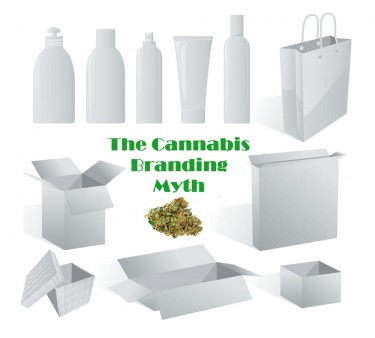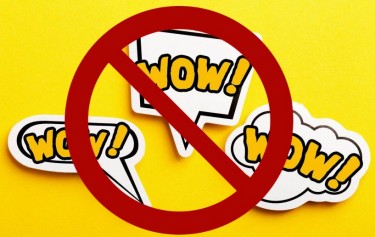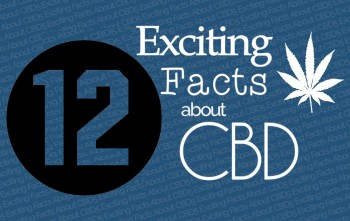
At the start of the ongoing inflation and recession, many cannabis skeptics and stakeholders believed that the industry could suffer significantly at the peak of inflation. They were wrong! Despite the increased difficulty of living, American marijuana users consume the same quantity of marijuana or more than they did a year earlier. This is supported by a recent poll that independent market research firm Pollfish performed on behalf of Jushi Holdings Inc.
Although most stoners and medical users tend to purchase less expensive cannabis products to combat inflation, the reason for this rise in demand is still unclear. The newly released World Drug Report 2022 by the UN Office on Drugs and Crime (UNODC) argues that the increased usage of cannabis in North America as a result of legalization, the COVID-19 epidemic, and associated lockdowns is the primary reason why demand is high. In a different analysis, the Brightfield Group predicted that this growth might cause the national recreational market to reach $30.6 billion by 2025.
Cannabis consumption during ongoing inflation
The majority (52%) of the 1000 Americans aged 21 and older who participated in the Pollfish study about cannabis usage, legalization, holiday shopping, and consumption habits revealed that they are still smoking roughly the same amount of marijuana as they had a year earlier. Additionally, approximately a quarter (24%) reported they were consuming cannabis even more than they were the year before, according to Forbes. The study explicitly discovered a shift in consumer interest from branding or strain type to THC levels and price ranges. Julian Scaff, head of Jushi experience and associate professor at ArtCenter College of Design, oversaw the study.
Consumers are buying more flower, which have a 6% market share, compared to last year, and fewer pre-rolls, edibles, tablets, tinctures, and liquids. The researchers claim that since manufactured goods are frequently more expensive than flowers, prices probably drive this trend. And strangely, even though most cannabis consumers are switching to less costly options, on average, 29% of consumers are spending more, while about 44% are paying the same on marijuana as they did a year ago.
In general, the majority spend between $50 and $100 per month (35%), while 23% spend between $100 and $150 per month. The trends come as Americans continue to feel economic pressure, with core inflation hitting a 40-year high in September, according to another poll via Reuters/Ipsos.
While every consumer-facing survey ever done on marijuana users show that cannabis branding is a myth, many marketers whose paychecks rely on producing cool logos and boxes refuse to acknowledge that data that shows consumers do not remember what they bought, how big the box was, what colors were on the box, etc. They only remember the price they paid, the effect they got, and how far or long it look to get the product. Why doesn't branding work for weed? Cannabis is a plant that can grow in 8 to 12 weeks, indoors or out, it is a commodity like tomatoes, kale, and broccoli. Unless your branding can create a better broccoli, the consumer will go to the lower price product that gets the job done. There is a reason Bud and Bud Light are the #1 and #2 selling beers in America. They are cheap, get the desired job done for the consumer, and they are easily accessible everywhere.
Cannabis Consumption Prior to the Recession
According to statistics, sixteen percent of Americans actively use marijuana, which is statistically comparable to the 12% to 13% percentages Gallup tallied between 2016 and 2021. Since 2013, when Gallup first posed the question, the number of Americans who report using marijuana has more than doubled. According to a different survey, 48% of adults say they have at least tried marijuana, which is in line with the 43% to 49% range seen since 2015.
These statistics come from Gallup's July 5-26, 2021, annual Consumption Habits survey. Similar percentages of men (18%) and women (14%) also revealed they use cannabis; however, smoking rates vary among other demographic groups. For more context, Three out of ten young adults (ages 18 to 34) report using marijuana, compared to roughly half of adults (ages 35 to 54) and even less of adults (ages 55 and above) who report using the drug, Students with a college degree (12%) have a similar likelihood of smoking marijuana as those without one (18%), Republicans (12%) and Democrats (20%) are both more likely than independents (17%) to report using marijuana.
Vapes and pre-roll joints are some of the most popular cannabis items available at dispensaries. According to Headset, vape pens generated a lot of cash for cannabis shops between 2020 and 2021, ranking as the second-largest category by revenue in the U.S. market. Vapes came in closely behind flowers in 2021 retail sales in California, Colorado, Michigan, Oregon, and Washington, bringing in nearly $2.6 billion (or roughly $8 per cannabis consumer in the U.S.).
Cannabis Stays Recession-Proof
According to industry experts, most cannabis users are as devoted to their drug as they are to other necessities like toilet paper, prescription medications, and alcohol. Former Sacramento, California, cannabis regulator Joe Devlin, then senior vice president with Ikänik Farms, based in the state's capital city, stated in 2020 that he thought the marijuana industry was "relatively recession-proof" primarily because it had been categorized alongside spirits and tobacco. According to him, using cannabis is a way for people to unwind and treat themselves. Additionally, they are not likely to completely erase it from their budgets.
Legalization of Cannabis In The United States
Marijuana is prohibited under federal law, but in recent years, many states have authorized the herb for medical or recreational purposes. The evolving legal situation corresponds with the tremendous growth in public support for legalization, which most Americans support. The U.S. Congress is working to pass significant cannabis legislation at the federal level. In April 2022, the House of Representatives approved legislation that would make cannabis legal across the country. President Biden has also taken steps that might lead to the federal decriminalization of marijuana.
As a result of the absence of federal legislation, cannabis firms in states where recreational sales are permitted still lack access to institutional financing and standard banking services. Such limitations would be lifted by a federal law known as the Secure and Fair Enforcement Banking Act (SAFE), which has passed the House multiple times but has yet to be approved by the Senate.
Bottom Line
Americans have had to deal with historically high inflation, the Federal Reserve raising interest rates quickly, a decline in housing activity, high unemployment, and sluggish economic growth over the past year. Although cannabis customers in the United States are still getting used to inflationary pressures, which are relatively new to North America but quite typical elsewhere in the world, they have refused to let it significantly affect their cannabis needs and habits. It is worth noting that most dispensaries have begun stocking cheap and affordable products to maintain the demand and ensure customers continue accessing legal cannabis.
THE CANNABIS BRANDING MYTH CONTINUES TO FALL APART, READ ON...
ALL CONSUMER SURVEYS SHOW CANNABIS BRANDING IS A MYTH!







